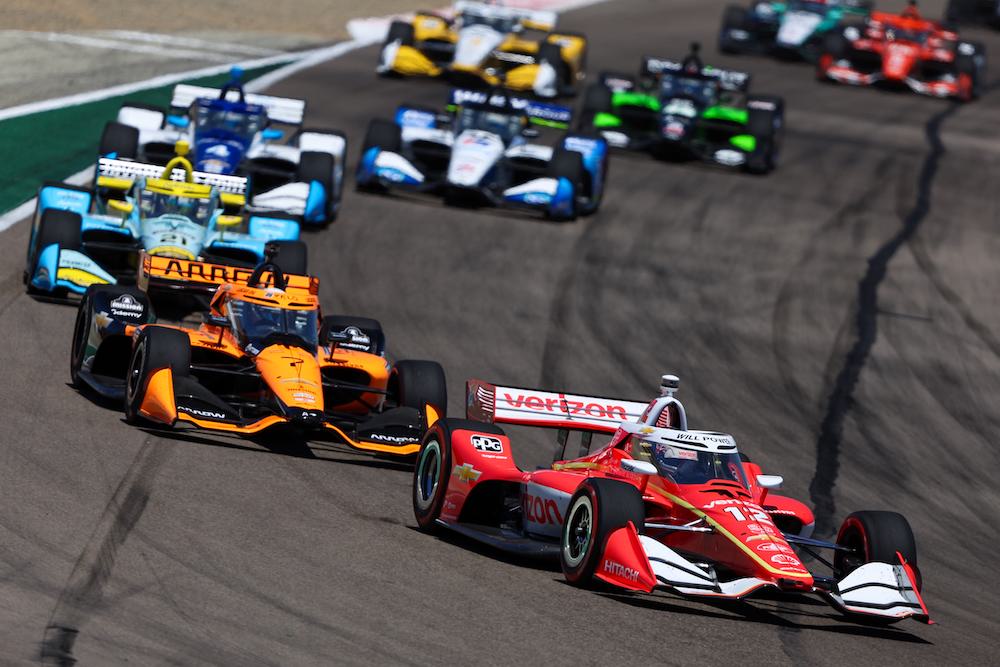
Rinus VeeKay was sitting backwards and stuck in the Turn 3 gravel, and well clear of the corner he’d just left with the assistance of Kyle Kirkwood during Sunday’s IndyCar race at Laguna Seca.
Fellow IndyCar drivers streamed by without any concern about hitting VeeKay’s No. 18 Dale Coyne Racing Honda, as it sat more than 30 feet away from the pavement.
The same could not be said for Marcus Ericsson who managed to spin uphill on the Rahal Straight and come to a halt positioned sideways on the racing surface that leads into the Corkscrew. With the relatively new ability for drivers to start their cars using the energy recovery systems that debuted in June of 2024, IndyCar appeared to give Ericsson extra time to refire his stalled No. 28 Andretti Global Honda before realizing it wasn’t possible.
VeeKay tried to pull away, but was beached in the gravel trap.
Both instances were treated in a similar manner by IndyCar’s race control team, which used local yellows in the moment, but refrained from going to immediate full-course cautions.
It’s a practice the series has employed outside of ovals for many years. Provided the circumstances meet their criteria, race control has made judgement calls on road and street courses – mostly road courses – when a problem occurs on track at a time when enabling a full-course yellow and closing the pits would adversely affect the leaders.
In those select situations like the two witnessed on Sunday, an intentional delay is made before triggering a full-course yellow and the associated closing of the pits to allow the leading drivers to get in, receive fuel and fresh tires, and return to their front-running positions without losing track position to those who pitted prior to the caution and would otherwise have leapfrogged the leaders.